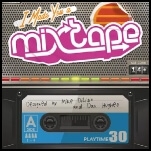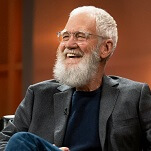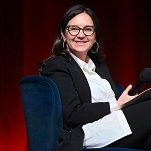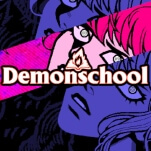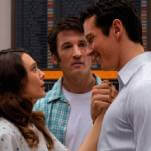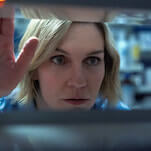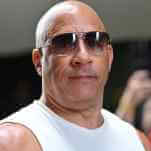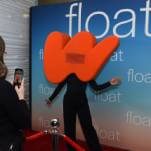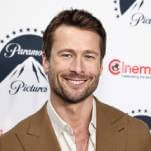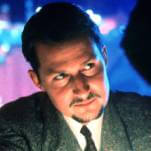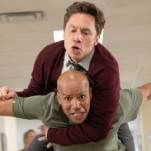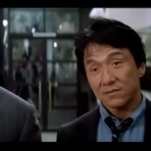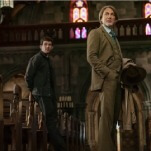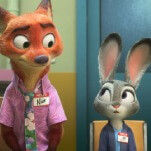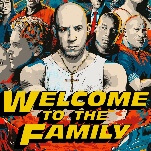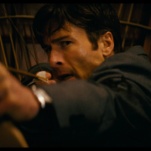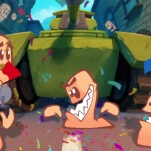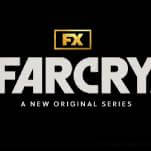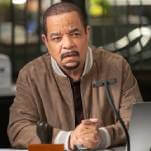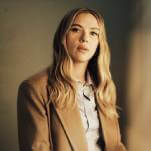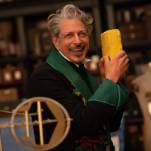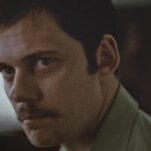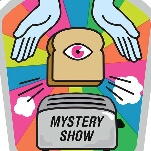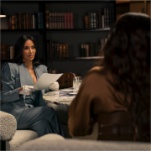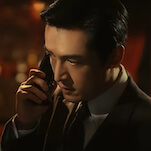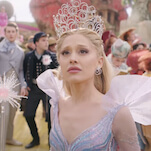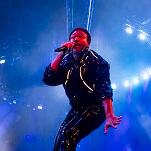My So-Called Life set the path all teen shows would follow
In the nearly 20 years since My So-Called Life went off the air, there’s never quite been a series like it, though many have tried to build the program’s true successor. There have been plenty of standout shows about teenagers since the saga of Angela Chase died a much-mourned death after one season, but they’ve couched their stories in soapy excess (The O.C.) or genre trappings (Buffy and Veronica Mars). Even the shows that come close to Life’s beauty and earnestness deflect from those moments ever so slightly with the use of cringe comedy (Freaks And Geeks) or by focusing more on adult characters than teens (Friday Night Lights). My So-Called Life felt utterly and completely unique when it aired, and it feels utterly and completely unique now; if this show somehow found its way onto the schedule in the fall of 2014, it would almost certainly be just as hailed as it was in 1994, and it would almost certainly feel as fresh as it did then. It is an oasis in the history of television, but like all oases, its presence was far too small.
My So-Called Life was one of the last gasps of a particularly fertile period in the history of network TV drama. In the mid-’80s, ABC was in last place among the big three networks and had nothing to lose, so it started giving interesting writers carte blanche (within the standards of American TV networks) to create interesting programs that would hopefully boost the network’s profile. It was a period that led to shows like Twin Peaks and Moonlighting, from traditional dramas in unique settings like China Beach to straightforward cop shows that delved a little more deeply and poetically like NYPD Blue. The strategy didn’t really pay off. When ABC finally climbed to the top of the Nielsen charts in the mid-’90s, it was thanks to a bunch of family sitcoms like Home Improvement and Roseanne. But the dramas ABC was putting on the air were of the sort that would, in 10 years’ time, gravitate more naturally to cable.
Foremost among these programs was one of only two to win the Emmy for best drama series (the other was NYPD Blue), Edward Zwick and Marshall Herskovitz’s thirtysomething. One of the most important and influential TV dramas ever made, thirtysomething dared viewers to invest in the minutiae and intrigue of day-to-day life. It was a show where the stakes might be as small as a man having a crisis of conscience over having sold his soul to work in advertising, a show where the emotional terrain had more in common with literary novels and short stories than with the detective and workplace dramas that dominated the TV landscape when it debuted in 1987. There had been series about regular people leading regular lives before, but this was the first one not to strain to find its conflict in important social issues or the like. (The idea that it was possible to tell stories about internal conflict or people struggling toward satisfaction without relying heavily on Very Special Episodes is one many of thirtysomething’s progeny would forget.) That series was greeted as so many series like it are—with several skeptical-to-hostile reviews and complaints that the characters were too self-absorbed, before eventually giving way to grudging respect—but it gradually became a touchstone of its era.
After its cancellation in 1991 after four seasons, however, Herskovitz and Zwick went looking for another series to bring to ABC, and they found it in an idea Winnie Holzman, one of the thirtysomething writers, had been kicking around: Why not tell the story of adolescence as it really feels to those living it? The sorts of heightened passions and emotions that thirtysomething trafficked in would make complete sense when filtered through the perspective of teenagers, and Holzman’s memory of what it felt like to be that age, combined with her observational skills when it came to modern teenagers, created a pitch-perfect representation of the uneasy mix of self-absorption and slow awakening that marks so much of being a teenager. (At least, they did eventually; My So-Called Life went through a long development process, particularly for network television, which has been detailed thoroughly by Holzman, Zwick, and Herskovitz.)
Holzman accomplished this with the help of a writers’ room so talented that the most junior member was Jason Katims, a kid who would go on to become one of the few current producers carrying the Herskovitz/Zwick template forward in the modern TV era. (He was responsible for the next Herskovitz/Zwick series, Relativity—which attempted to do for the 20s what Life did for teens and will be covered later in this feature—and the aforementioned Friday Night Lights.) Life’s delicate visual style was beautifully helmed by many of the best TV directors of the era, including Scott Winant, Ellen Pressman, and Todd Holland. The supporting cast was also stellar, including both unknown, fresh-faced teenagers, like Devon Gummersall, Jared Leto, and A.J. Langer, and better known character actors Bess Armstrong and Tom Irwin as the parents, whose stories would gradually become as fascinating as those led by the kids. This was perhaps My So-Called Life’s most significant innovation: Before this series, shows with teenagers as the leads would often eschew the parents entirely. After it, the parents had to be included somehow.
None of this would have worked without the right Angela, however, and in Claire Danes, Holzman and company found one of the great child actors of all time. When originally cast, Danes was just 13, playing 15, but all involved in the show were certain she was the right actress for the role. And even watching the series now, it’s obvious that she’s absolutely astonishing in the part. Danes’ greatest talent was being able to allow essentially any emotion—or any combination of emotions or cycle of emotions—to play across her face almost instantaneously. It’s a skill the show would turn to time and again, without ever over-relying on it. Notice these moments toward the end of the pilot, in which Angela arrives home from a party that went south, only to realize that things aren’t as perfect between her parents as she assumed. (The shot of Danes and Gummersall framed in silhouette against the moody trees of suburban Pittsburgh is one of TV’s most beautiful.)

